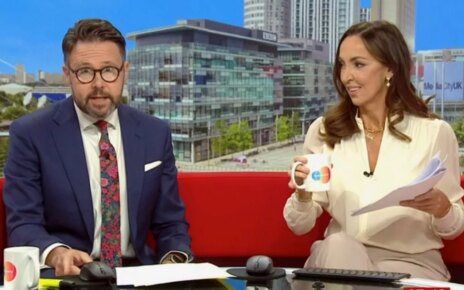When Disney+ raised prices in December by $3 per month to $10.99 — a not-insignificant increase of about 38 percent — the users didn’t blink. (Ad-supported Disney+ launched and took over ad-free’s prior $7.99 price point at the same time.)
According to data from subscription analytics firm Antenna, 94 percent of previous subscribers to ad-free Disney+ service stayed with the product after the price hike, the Wall Street Journal reported. Or, to channel Queen Elsa of Arendelle, almost no one “Let It Go.” That’s an impressive avoidance of churn, or subscribers canceling a service.
That, along with recent comments from CEO-again Bob Iger, suggests Disney+ has room to charge its loyal consumers even more. And why not? Losing 6 percent of customers for a 38 percent increase in APRU (average revenue per user) is just good, solid accounting. It’s one way to speed up the crawl toward profitability by at least a few months.
Speaking earlier this month at Morgan Stanley’s Technology, Media, and Telecom Conference, Iger said he is “extremely bullish” on Disney+, which “grew [subscribers] at such a meteoric rate.”
That pace was cool, and it is certainly “one path to profitability,” as Iger would later put it — it’s just not his.
Iger’s successor/predecessor Bob Chapek went all-in on the race to his goal of 230 million-260 million Disney+ subs by the end of fiscal 2024. To do so, he kept the monthly rate low and participated in a whole bunch of free-trial promotions. Iger, who shocked the industry by taking the post back from Chapek in November, does not agree with those methodologies.
“In our zeal to grow global subs, I think we were off in terms of our pricing strategy, and we’re now starting to learn more about it and to adjust accordingly,” Iger said at the conference, adding: “We have a lot of rationalization to do from a pricing perspective.”
Cue up the cash-register sound effect, Imagineers.
Disney+ ended 2022 with 164.2 million global subs, of which 61.3 million come from the financially effective Disney+ Hotstar. (Reference that ARPU thing.) The company expects Disney+ to achieve profitability in fiscal 2024. (Hulu, currently two-thirds owned by Disney and one-third by Comcast, is the only major streaming service — other than Netflix — to be profitable.)


“Frozen II”
Disney
“Disney+ is truly the ultimate babysitter on-demand,” Rich Greenfield, a media analyst with LightShed Partners, told WSJ this weekend. “If you look at the popularity of titles like ‘Moana’ and ‘Mickey Mouse Clubhouse,’ it’s clear what resonates with families. My guess is that there’s still pricing power even at $10.99.”
Disney itself has stated that half its Disney+ subscribers are families with children. As a father of two young ones, ages 6 and almost 3, this writer can attest to the value surpassing the sticker price. You can try to pry “Bluey,” “Frozen,” and “T.O.T.S” from their cold, hard grips, but I wouldn’t recommend it.
We should point out here that the December Disney+ cost increase was not Iger’s call — the Chapek administration elevated the price point for ad-free in August as a means to make room for the streamer’s then-upcoming ad-supported tier.
Ad-supported Disney streaming sign-ups, also including Hulu and ESPN+, accounted for 20 percent of new signups in December, 27 percent in January, and 36 percent in February, per Antenna. Compare that with Netflix’s “Basic with Ads” tier, which accounted for 9 percent of new sign-ups in November, 15 percent in December, and 19 percent in January.
(Netflix launched its ad-supported plan in the U.S. and other major territories one month earlier than Disney+, hence the shift in those months tallied. After a slow start, “Basic with Ads” has now reached 1 million subscribers.)
For its own first three months, Warner Bros. Discovery’s ad-supported HBO Max plan got 14 percent of new subs in June 2021, 16 percent in July, and 21 percent that August. HBO Max is $9.99 with ads or $15.99 without.
Disney+ launched in 2019 at $6.99 per month, which even at the time was much cheaper than its main rival Netflix. The ad-supported Disney “Duo” Bundle, Disney+ and Hulu, now costs $9.99. The “Trio,” also including ESPN+, with ads runs $12.99 per month; ad-free it’s $19.99.
Netflix at its cheapest, with ads, is $6.99 per month; the ad-free “Basic” plan is $9.99. The standard ad-free tier — the one most of you probably have — is $15.49. The top tier costs $19.99.
With those prices and real babysitter rates basically starting at $20/hour, Disney+ is a bargain — for now. (Bonus if you’re getting it for free with a cell-phone contract!) That might not hold true forever.
Source: Read Full Article


